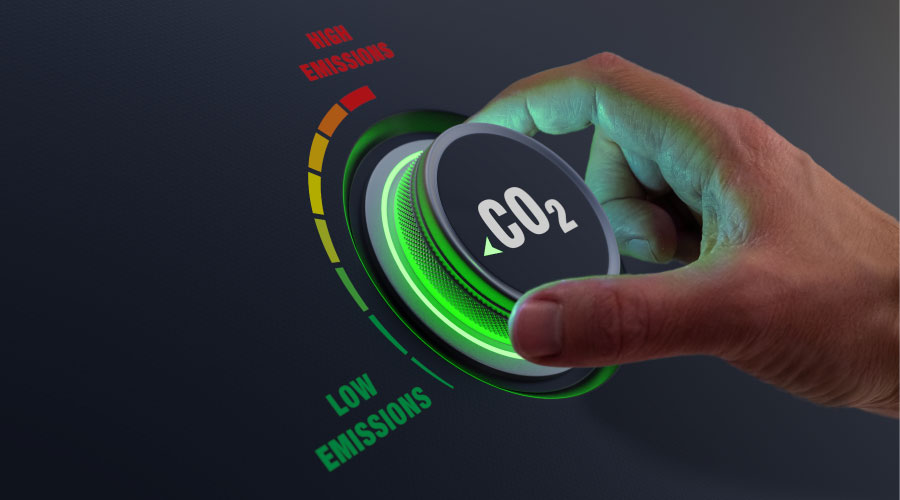Energy Star Scores Have Changed: How FMs Are Responding
If your Energy Star score went down, don't let "score shock" derail your energy efficiency plans.
In late August 2018, the Environmental Protection Agency made significant changes in its Energy Star Portfolio Manager tool. The biggest impact for most facilities is that their updated scores are likely to be lower than in the past, even though the buildings are using no more energy than before. Energy Star is taking steps to help facility managers adjust to the new scoring criteria. What’s more, some facilities have already implemented measures to respond to those changes, and the actions of those facilities can help others that are seeing lower scores.
Other important changes were made as well. Site-to-source factors that affect source energy use intensity (EUI) and greenhouse gas emissions metrics also changed. In addition, the new metrics allow for information technology energy estimates for data centers inside larger buildings.
For most commercial building types, the 1-100 Energy Star score is based on the Commercial Building Energy Consumption Survey (CBECS), conducted by the Department of Energy’s Energy Information Administration (EIA).
“Until now, the most recent data set we had was the 2003 CBECS,” explains Leslie Cook, national program manager for the Energy Star Tools Team at EPA. DOE was unable to produce survey data for 2007 as planned, so when the agency released 2012 survey data in 2016, EPA went to work developing new Energy Star models to reflect the updated numbers.
Dramatic Score Changes
As a result of that nine-year gap, Energy Star certified buildings may find their scores change dramatically. For example, the average office score is 12 points lower, average K-12 school scores are 13 points lower, and retail is 16 points lower on average. But hotels actually are up 1 point. That means roughly half the buildings are above and half are below those averages.
“On average, Energy Star scores for most building types decreased,” explains Cook, “since the score is a comparison with the national building stock.”
A lower score doesn’t mean a building is suddenly using more energy. “Consider a building that had a score of 85 prior to the update,” continues Cook. “Then that score dropped to 70. This means that the building performs better than 85 percent of buildings in the 2003 building stock, but only better than 70 percent of the 2012 building stock.”
The building itself hasn’t changed, only its relative performance.
“The new models reflect the changing ways that buildings use energy, which means that various building and operating characteristics will have different effects on a building’s score than they used to,” says Cook.
In addition, individual buildings may differ from the typical building used in EPA’s analysis, depending on its energy use, fuel mix, business activity, property type and a host of other variables. So facility managers may see their particular scores well below or above the building models used for their facility types.
Energy Star Portfolio Manager and Target Finder also produce metrics for evaluating energy design targets in new construction, including the 1-100 Energy Star score. As both tools use the same underlying methodology to calculate metrics, these also were refreshed.
One building type not yet covered by the new ENERGY STAR metrics is medical office buildings and hospitals, which remain based on 1999 CBECS data. National surveys of U.S. hospitals and medical office buildings are well underway. With that new data, EPA hopes to update ENERGY STAR scores for hospitals and medical office buildings in 2019. Provided survey data is sufficient, the agency also hopes to reinstate ENERGY STAR certification for this building type.
A drop in a building’s Energy Star score could prompt questions from top management and others in the organization who don’t understand the reason for the change. Facility managers can explain the Energy Star metric updates to the boardroom, building occupants, and others with by using EPA’s communications toolkit. The score update toolkit can be downloaded here. The communications kit includes a co-brandable fact sheet, shareable graphic, social media content template, training slides template, and a quick video about the 1-100 Energy Star score.
Related Topics:















